BY JESSICA SWIETONIOWSKI AND ADAM FARADAY
It’s hard to believe the man standing on the darkened Burlington stage, casually going through his soundcheck, was once on the brink of death.
Carl Dixon was the frontman for Coney Hatch, April Wine and the Guess Who. He’s a Canadian who toured with Iron Maiden, Judas Priest, Ted Nugent and many more artists.
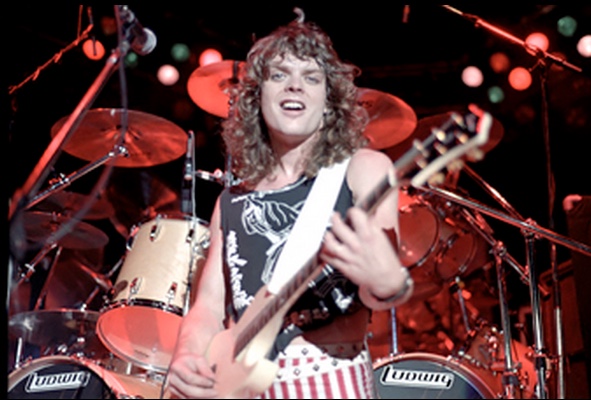
The doctors wanted to amputate his left leg and right arm. Even if he did make it out of the coma, as a musician, his life may be over. Dixon was visiting Australia when he accidently drove on the wrong side of a dark, country road and was hit head on by a land cruiser. The collision left Dixon and his car both crushed.
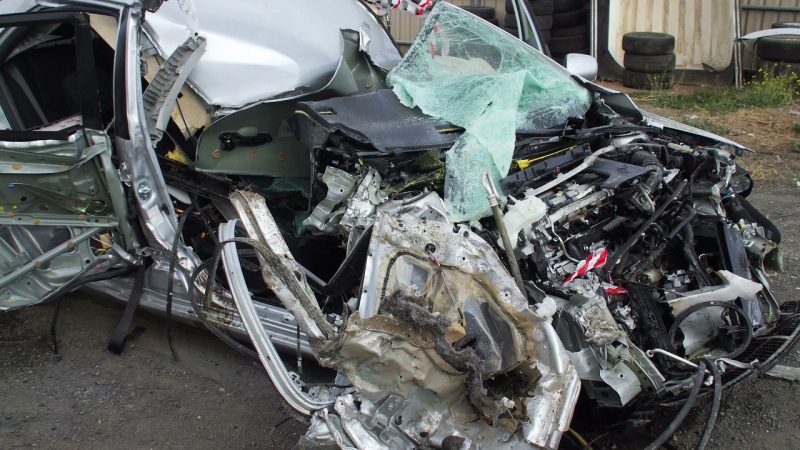
This haunts Dixon to this day.
He was in a medically induced coma for 10 days but luckily, doctors put him back together in one piece. Although Dixon doesn’t recall, he was told when he woke up from the coma one of the first things he asked for was a beer; Rolling Rock is his favourite. He was hospitalized for months where he slowly began to relearn his motor skills after suffering “major head trauma,” says Dixon, as he tunes his guitar.
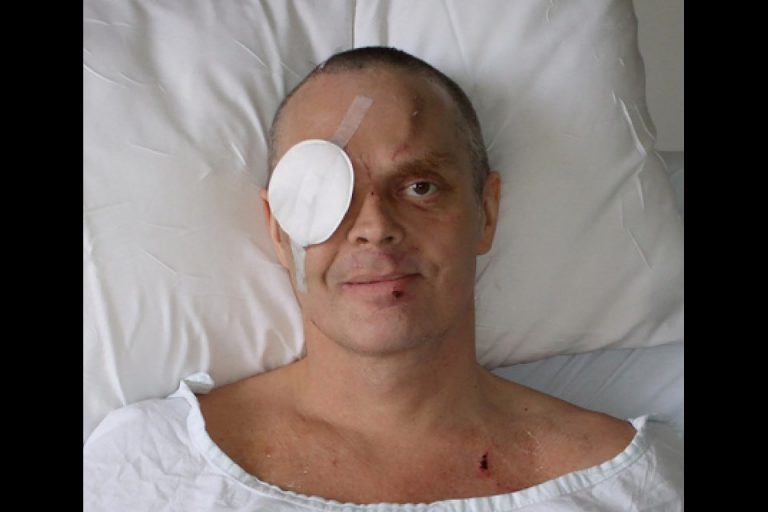
Dixon had about 50 different injuries– broken bones, arm ripped to shreds, his face was totally torn off, lost his right eye, titanium mesh in his head, metal holding his legs, arms and face. He had a terrible concussion with significant memory loss. He suffered brain damage but the doctors put him through a series of tests to rebuild his ability to remember things.
“You don’t fully recover. There’s parts of me that ache like hell… some crafty little Asian lady with tiny delicate hands sewed me all up,” he says.
Doctors say if he wasn’t in such great physical shape he would have died from the blood loss alone.
“I lost everything in the aftermath of the accident, including the family I had at the time.”
Two days after the day of the accident he was supposed to get on a plane and play a show with the Guess Who in Mississippi but obviously he never made it. He felt like he was letting down his band and family. Unfortunately, the Guess Who couldn’t wait for his recovery but Dixon understood. Although doctors wanted him to stay in the hospital for longer, after five months Dixon insisted on being allowed to go back home, to Canada.
In spite of his accident he continued to play music. Twenty-eight years after the release of their last album Coney Hatch regrouped, keeping a promise made while he was in his coma– that if he survived they’d release a new album. He even joined the Guess Who as a guest lead singer for two performances in 2016. To this day he and other rock star pioneers get together for gigs and for laughs.
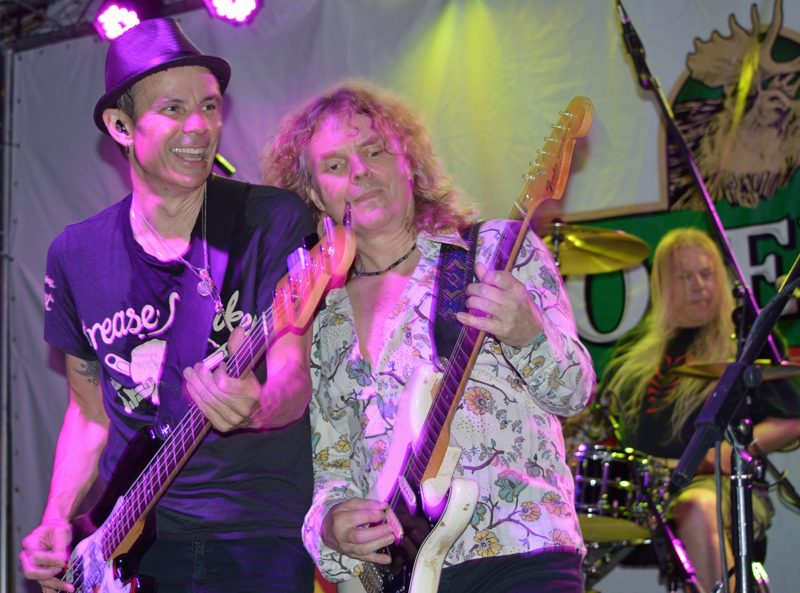
Dixon has recently finished a half-a-dozen-show tour with his old friend Steven Harris from Iron Maiden, which they believe have been some of their best performances ever. Dixon has also been performing as a solo artist and he says it has been “pure fun.” He now gets a bit of all worlds– performing as a band, solo artist and hosts speaking gigs. Dixon also plays at the Rogers Hometown Hockey a couple times every year and hosted his 8th annual ‘Carl Dixon and Friends fundraiser’ for the Haliburton Food Bank this last December.

When asked how he feels about the direction rock and roll is taking his immediate response is, “Well, yes, how to answer that without sounding like a bitter old guy.”
He explains that young people today are only capable of creating something from what they have available.
The lessons that are in the air for young musicians and writers to absorb are different lessons than they were when I was starting. I was a little boy when The Beatles were on the charts still. I think I was 10 or 11 when the first Led Zeppelin came out, I grew up with all that stuff. The Guess Who was the first band I ever bought a record of and first band I ever saw in a concert and many years later I ended up in the band.”
Dixon believes young artist have a different perspective with everything being available with a click of a button on YouTube or Spotify. This makes the music less rare and thinks young people are throwing out too much content out there– quantity instead of quality.
Dixon also speaks to the issue of the corporatization and the low payment structure and the devaluing of live music and music recording.
“There’s not much money in it even if you have a hit… I think Bryan Adams got a Spotify paycheque for 2 million plays of ‘Summer of ’69’ and it was $1,700. That’s not enough for anyone. Good thing he wasn’t starting off now,” Dixon says.
As his soundcheck at the Burlington Performing Arts Centre comes to a close, lights are up and Dixon takes centrestage, he reminisces about his younger days as a musician. From playing small gigs and pubs in Canada, to landing an international record deal with the same management as Rush. Touring all over the world and having thousands of fans screaming their names, thinking it will never end. He speaks to the immaturity within the young band members and about being in Canada, considered a star yet not being able to pay your rent.
“And when everyone is the leader there is no leader.”
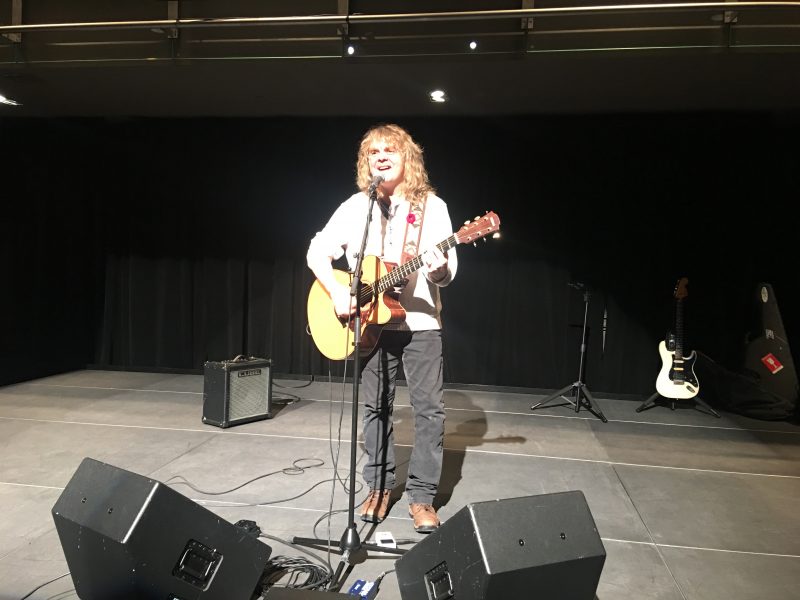
“Our roadies made more money than we did. It was always take a lower pay now and it’ll pay off in the future when your records sell big. Well the trick to that is you got to hang in there long enough to hope your record sell big.”
The biggest struggle Coney Hatch had as young musicians was immaturity and lack of guidance. They had two different singers, guitarists and different song writing styles. Collaborating with different styles may have helped with their creativity but it led to hurt feelings and the band ended up scrapping with each other for who gets their way.
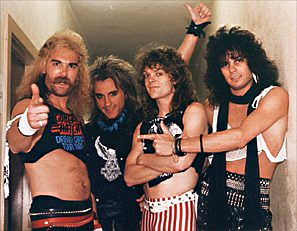
“We didn’t have good leadership or management, everybody was the leader. And when everyone is the leader there is no leader,” Dixon explains. “Even when we were supposedly flying high, our songs on the radio, videos on MTV, playing at the NHL rinks, I was still walking around with this question mark over my head. ‘There’s something about this I just don’t get’ so that makes you wonder if you do have it figured out. You can’t regret things, you can just learn by those lessons for the future.”
Dixon says he was an intensely serious young man who lightened up a lot as he got older. On his way to Burlington he almost ran late because he couldn’t find his prosthetic eye, which he can now laugh about.
With all his trials and tribulations, he continues to rock and share his story to this day.
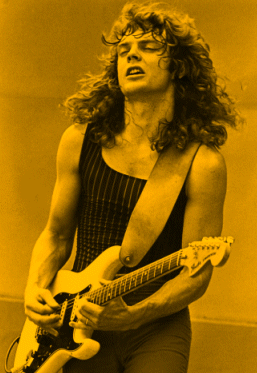
PC: (http://www.canadianbands.com/Carl%20Dixon.html)
